Alcatraz Island: A Historic Penitentiary and Beyond
Perched just 1.25 miles off the shores of San Francisco, Alcatraz Island stands as a testament to America’s intriguing past. This small island, surrounded by the chilly waters of the San Francisco Bay, has witnessed a remarkable evolution over the years. From its humble beginnings as a military fortification to its notorious reputation as a federal penitentiary, Alcatraz Island has captivated the imagination of visitors from around the world. Today, as part of the Golden Gate National Recreation Area, Alcatraz Island serves as a living museum, offering an immersive experience into its history and the stories of those who were once confined within its walls.
You get to Alcatraz by being the worst of the worst. Unless you’re me. I came here because my mother said I had to. – Gennifer Choldenko, author Tales from Alcatraz
Alcatraz Island’s history dates back to the mid-19th century when it was developed with facilities for a lighthouse, a military fortification, and even a military prison. The Spanish naval officer and explorer Juan Manuel de Ayala, during Spanish rule of California, first documented the islands of San Francisco Bay in 1775. He named the island “La Isla de los Alcatraces” or “The Island of the Gannets.” Over time, the name evolved, and the island became known as Alcatraz Island.
In 1850, after the United States acquired California from Mexico, President Millard Fillmore designated Alcatraz Island as a United States military reservation. It was during the Civil War that Alcatraz Island served a dual purpose as a fort and a prison for individuals convicted of treason. The island’s strategic location in the bay made it an ideal stronghold to protect the approaches to San Francisco. It housed cannons and served as a deterrent against potential attacks on the city.
As the Civil War raged on, Alcatraz took on the role of incarcerating those accused of treason. The first private owner of the island, Julian Workman, had been given the island in 1846 by Mexican governor Pio Pico. However, in 1861, the United States government acquired the island from Workman for military purposes. The prison population on Alcatraz Island during the Civil War included both Confederate sympathizers and privateers. The isolated location of the island, surrounded by treacherous waters, made escape nearly impossible.
In 1934, Alcatraz Island underwent a transformation that would forever shape its legacy. The island was converted into a federal penitentiary, Alcatraz Federal Penitentiary, specifically designed to house some of America’s most dangerous and notorious criminals. The strong currents, frigid water temperatures, and isolation of the island made it an ideal choice for incarcerating individuals who were considered escape risks or who posed a threat to other prisoners or guards.
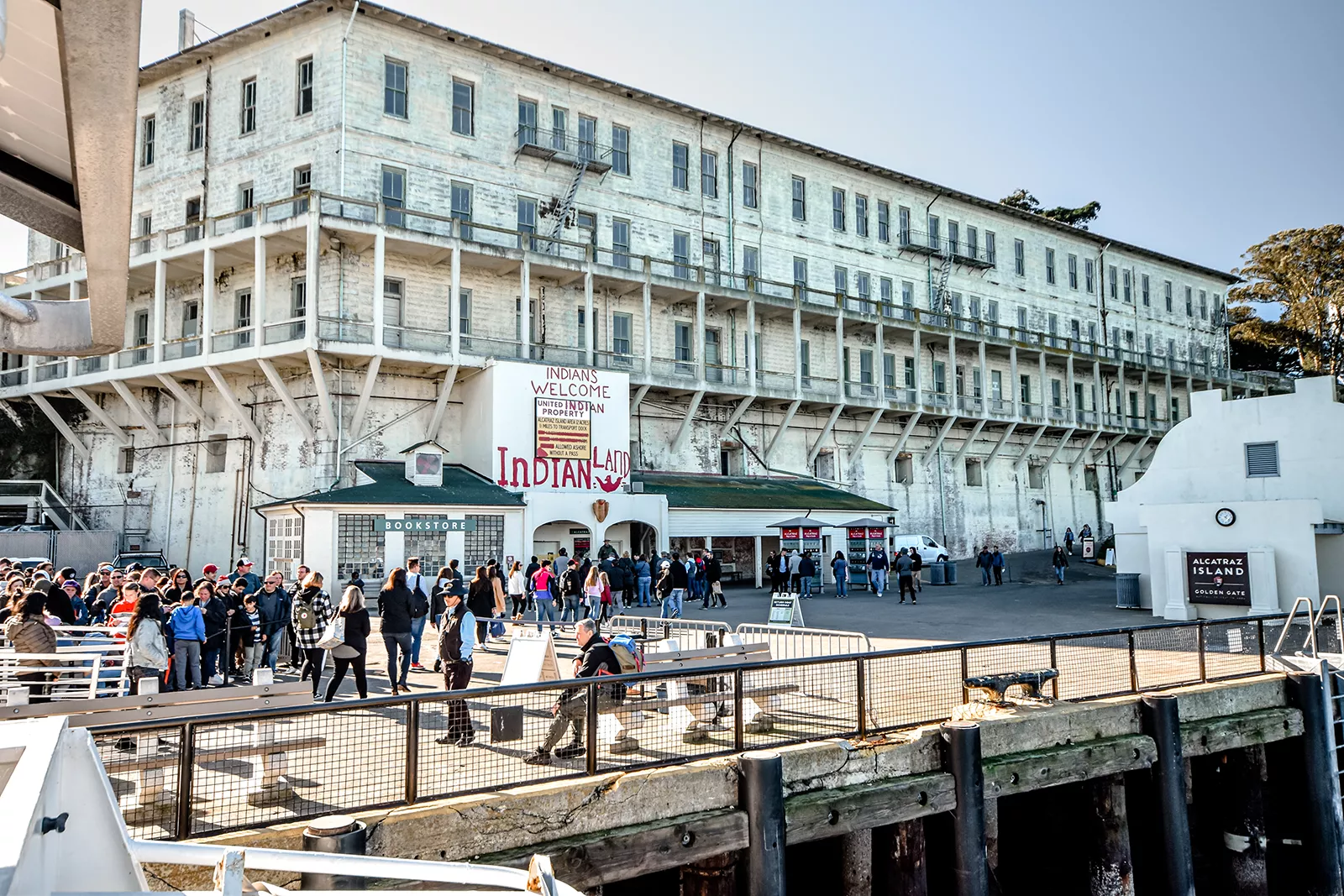
The imposing cell house, built in 1912, became the iconic symbol of Alcatraz Island. Its thick concrete walls and barred cells stood as a testament to the isolation and punishment that awaited those within its confines. The first batch of 137 prisoners arrived at Alcatraz Island on August 11, 1934, escorted by special FBI agents and U.S. Marshals. Among the infamous inmates who called Alcatraz Island home were Al Capone, Robert Franklin Stroud (also known as the “Birdman of Alcatraz”), George “Machine Gun” Kelly, and Bumpy Johnson.
Life within the prison walls was strict and regimented. Inmates were subject to a stringent set of rules and faced severe consequences for any infractions. The daily routine included work assignments, meals in the dining hall, and limited recreational activities. However, the harsh conditions and the isolation from the outside world took a toll on the prisoners’ mental and emotional well-being.
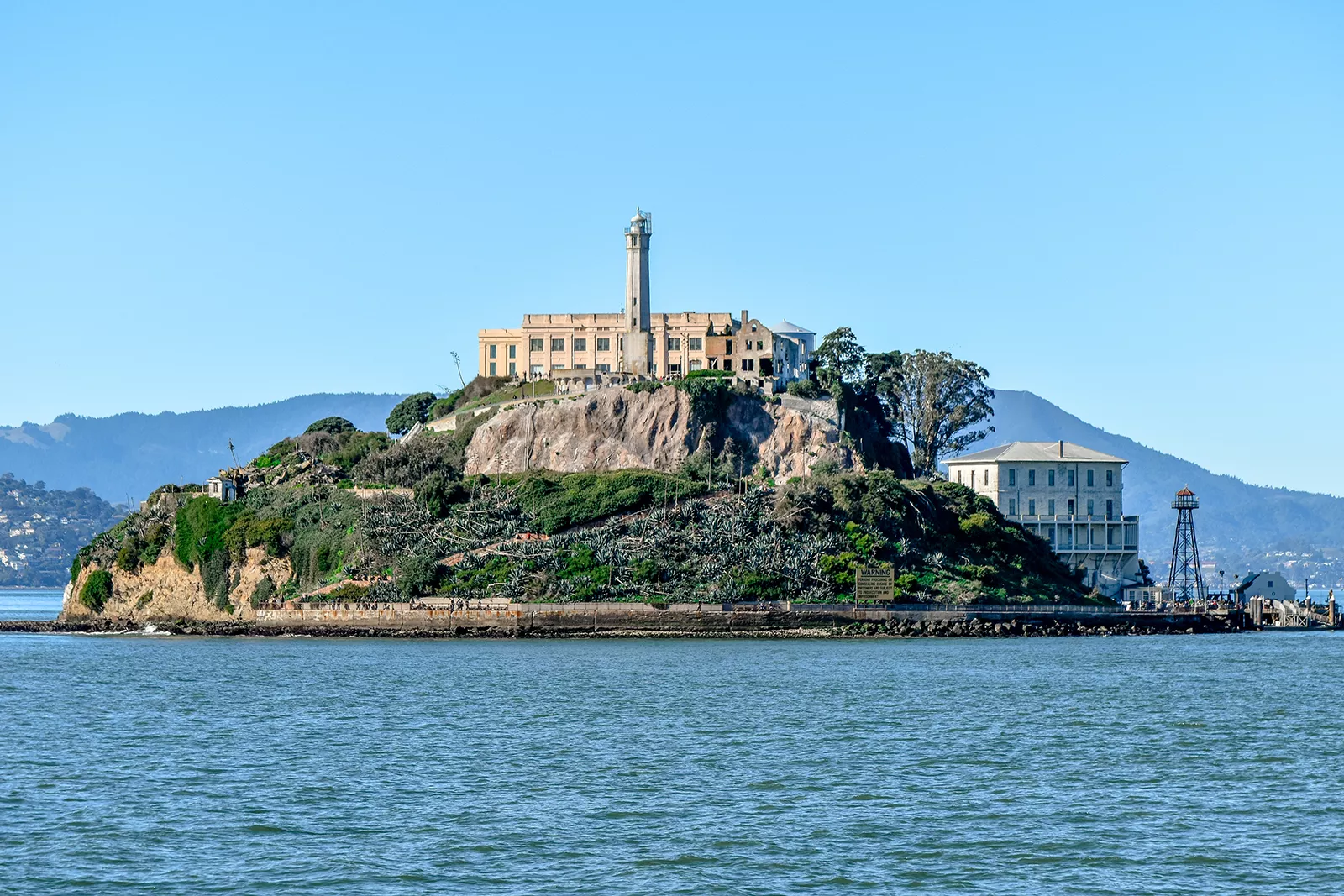
Alcatraz Island gained notoriety not only for its high-profile inmates but also for the number of escape attempts made throughout its history. The strong currents and icy waters surrounding the island made it an extremely challenging task for any prisoner attempting to break free. While there were 14 recorded escape attempts involving 36 prisoners, none were considered successful.
One of the most famous escape attempts occurred on June 11, 1962, when three inmates — Frank Morris and the Anglin brothers, John and Clarence—executed an intricate plan to flee the island. Using homemade tools, they meticulously chiseled away at the walls of their cells, creating an escape route through the ventilation system. Despite their careful planning, the prisoners’ fate remains unknown. To this day, their escape remains a mystery, fueling speculation and inspiring books and movies.
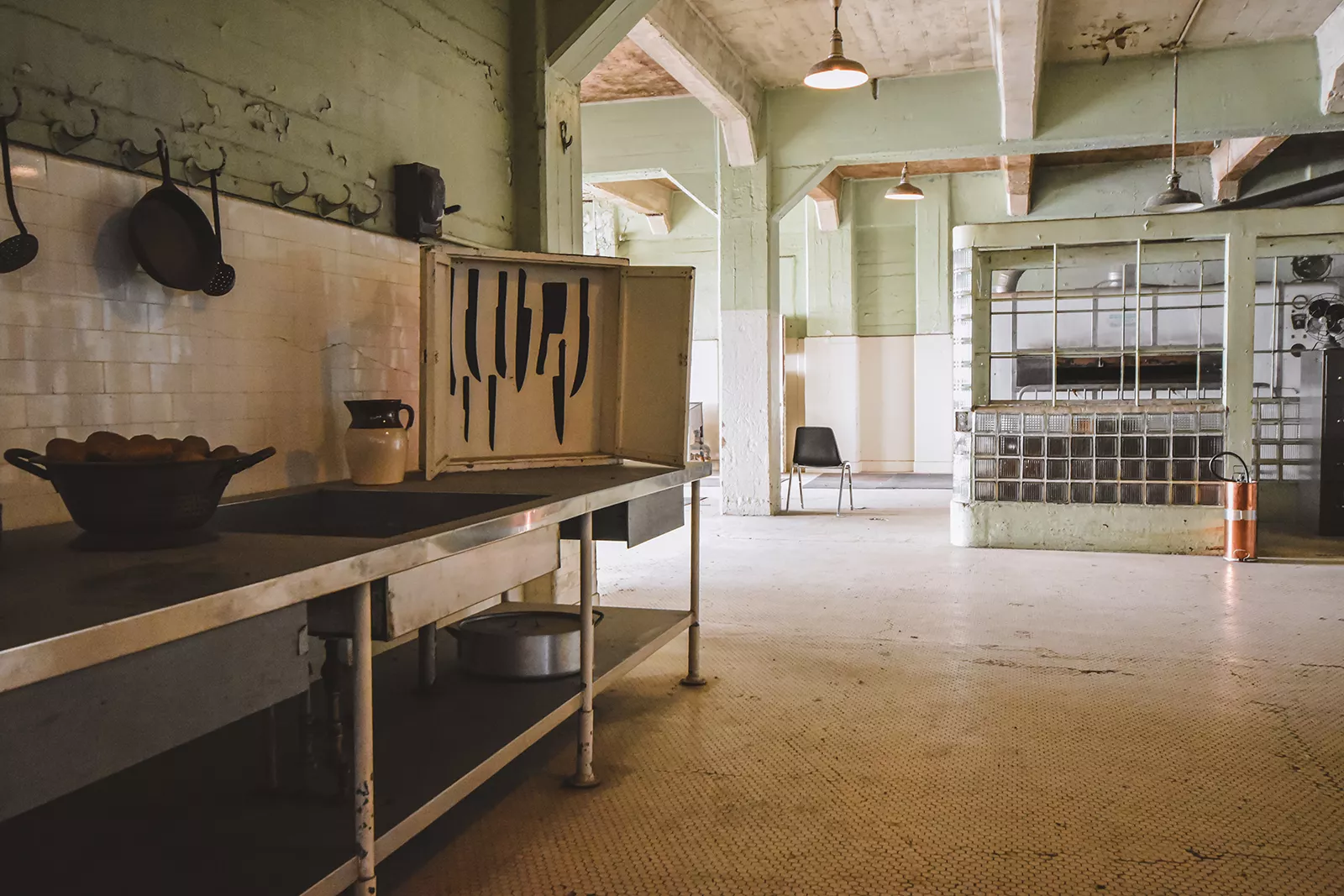
While the federal penitentiary era ended in 1963, Alcatraz Island continued to play a significant role in American history. From November 1969 to June 1971, Alcatraz Island became a symbol of Native American activism and the fight for indigenous rights. Led by a group called Indians of All Tribes, Native American activists occupied the island, demanding the return of unused federal lands to Native Americans and advocating for cultural preservation.
The occupation drew attention to the challenges faced by Native Americans, including broken treaties and the erosion of their rights. It sparked a nationwide movement and helped shape the future of indigenous activism. The occupation came to an end in 1971, but its impact continues to resonate. Today, visitors can explore exhibits and attend cultural programs that commemorate this pivotal moment in Alcatraz Island’s history.
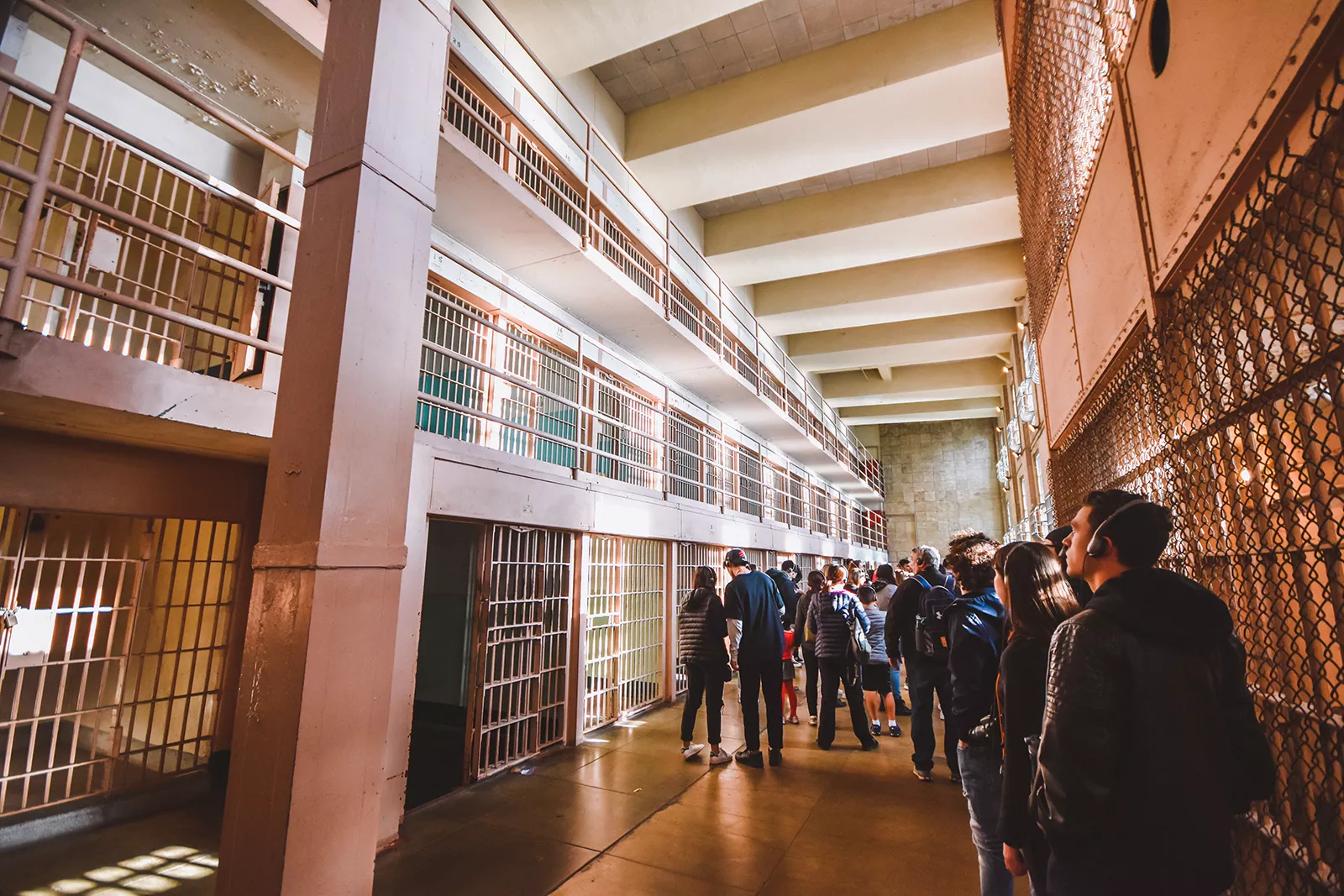
Alcatraz Island’s significance goes beyond its role as a former prison. In 1986, it was designated as a National Historic Landmark, recognizing its historical, cultural, and architectural importance. The island’s structures, including the main cell house, dining hall, lighthouse, and the ruins of the Warden’s House and Social Hall, stand as reminders of its storied past.
Preserving and maintaining Alcatraz Island requires a dedicated team of professionals, including historic architects, historians, archaeologists, and conservators. Before any physical changes are made to the structures, extensive research and careful analysis are conducted to ensure the preservation of their historical integrity. Alcatraz Island serves as a prime example of historic preservation, allowing visitors to step back in time and experience the island’s past.

Visiting Alcatraz Island today offers a unique opportunity to delve into the island’s intriguing past. The journey begins with a ferry ride from San Francisco to Alcatraz Island. Upon arrival, visitors are greeted by the Dock Ranger Station, where they can gather information about programs and tours. The island offers various activities, including guided tours of the cell house and the option to participate in the Alcatraz Cell-house Audio Tour, available in multiple languages.
As visitors step inside the cell house, they are transported back in time. The thick walls and cold, damp cells provide a glimpse into the harsh realities faced by the inmates who once called Alcatraz Island home. Walking through the prison’s corridors, one can almost feel the weight of the island’s history and the stories embedded within its walls.

Beyond the prison walls, Alcatraz Island is also home to the oldest operating lighthouse on the West Coast, built in 1854. The lighthouse served as a guiding beacon for ships navigating the treacherous waters of the bay. Today, it stands as a testament to the island’s enduring legacy.
Alcatraz Island’s natural environment is equally captivating. The island provides sanctuary for a variety of wildlife, including nesting seabirds. Visitors in the spring can witness these magnificent creatures in their natural habitat, a reminder of the island’s role in preserving biodiversity.

Alcatraz Island stands as an iconic symbol of America’s complex history. From its early days as a military fortress and prison for treason to its infamous tenure as a federal penitentiary, the island has witnessed both triumph and tragedy. Today, Alcatraz Island serves as a living museum, inviting visitors to explore its rich past and contemplate the implications of incarceration, activism, and the struggle for civil rights.
As the ferry carries visitors back to the bustling shores of San Francisco, the stories and experiences gained from Alcatraz Island linger on. The island’s history serves as a powerful reminder of the human capacity for resilience, the pursuit of justice, and the importance of preserving our past. Alcatraz Island, with its compelling narrative and breathtaking views, invites us to reflect upon our own place in history and the lessons we can glean from the challenges and triumphs of those who came before us.
Alcatraz Island Trails
Alcatraz Island may be small in size, but it packs a punch when it comes to walking opportunities. While the island is mostly known for its historical significance, its trails offer a different perspective—one that showcases the island’s diverse flora, fauna, and captivating landscapes.
One of the most popular trails on Alcatraz Island is the Agave Trail. This self-guided trail takes you on a journey through the island’s history, highlighting significant landmarks and providing informative signs along the way. As you meander along the trail, you’ll encounter remnants of the island’s military past, such as the old fortifications and gun batteries, which serve as a stark reminder of Alcatraz Island’s strategic importance.
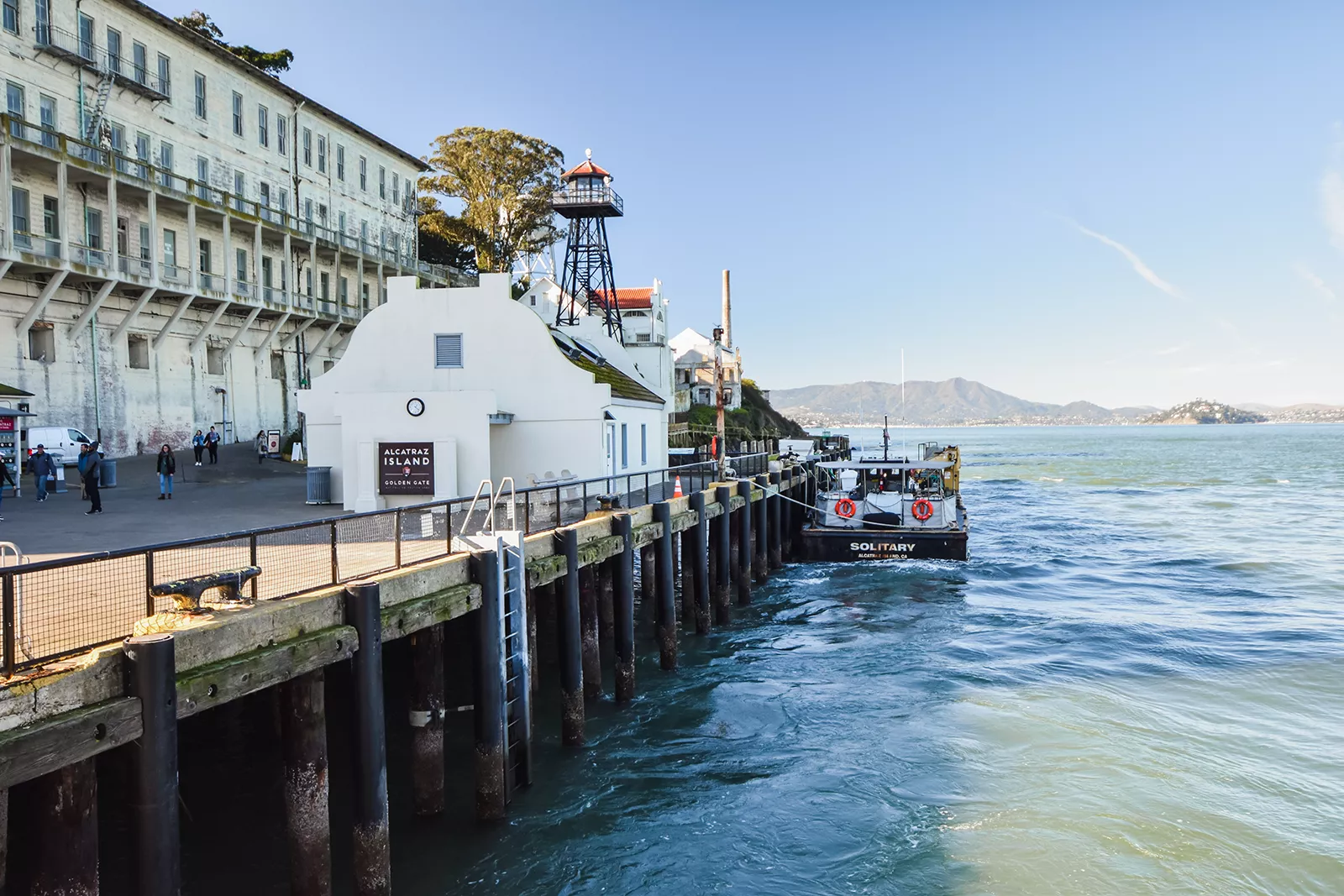
What’s Nearby Alcatraz Island
Near Alcatraz Island, visitors have the opportunity to explore a range of nearby attractions. Battery Mendell, located in the Marin Headlands, offers breathtaking views of the Golden Gate Bridge and San Francisco Bay while providing insights into its historical role as a coastal defense battery. Golden Gate Park, spanning over 1,000 acres, is a haven for nature lovers and culture enthusiasts, housing the renowned California Academy of Sciences, which features an aquarium, planetarium, and natural history museum. Additionally, you can explore the stunning Conservatory of Flowers within Golden Gate Park.
Battery Spencer, also situated in the Marin Headlands, offers panoramic vistas of the Golden Gate Bridge and the cityscape of San Francisco. For a serene beach experience, consider visiting Red Rock Beach, offering a peaceful retreat with its sandy shores and stunning coastal views. Lastly, Mickey Beach, nestled within the Golden Gate National Recreation Area, provides a tranquil setting with a peaceful shoreline and stunning views of the Pacific Ocean. These nearby locations near Alcatraz Island offer diverse experiences, from historical landmarks to natural beauty, ensuring an enriching visit to the San Francisco Bay Area.
Alcatraz Island Parking Information
Getting to Alcatraz Island is an exciting adventure, but it’s essential to plan your transportation and parking ahead of time. To reach the island, take a ferry from Pier 33, located between the San Francisco Ferry Building and Fisherman’s Wharf. Several ferry companies operate, providing round-trip transportation to the island.
Parking options near Pier 33 are limited and expensive, so utilizing public transportation, such as buses, trams, or rideshare services, is a hassle-free alternative. By opting for public transportation, you can avoid the stress of parking and fully enjoy your visit to the historic and captivating Alcatraz Island.



